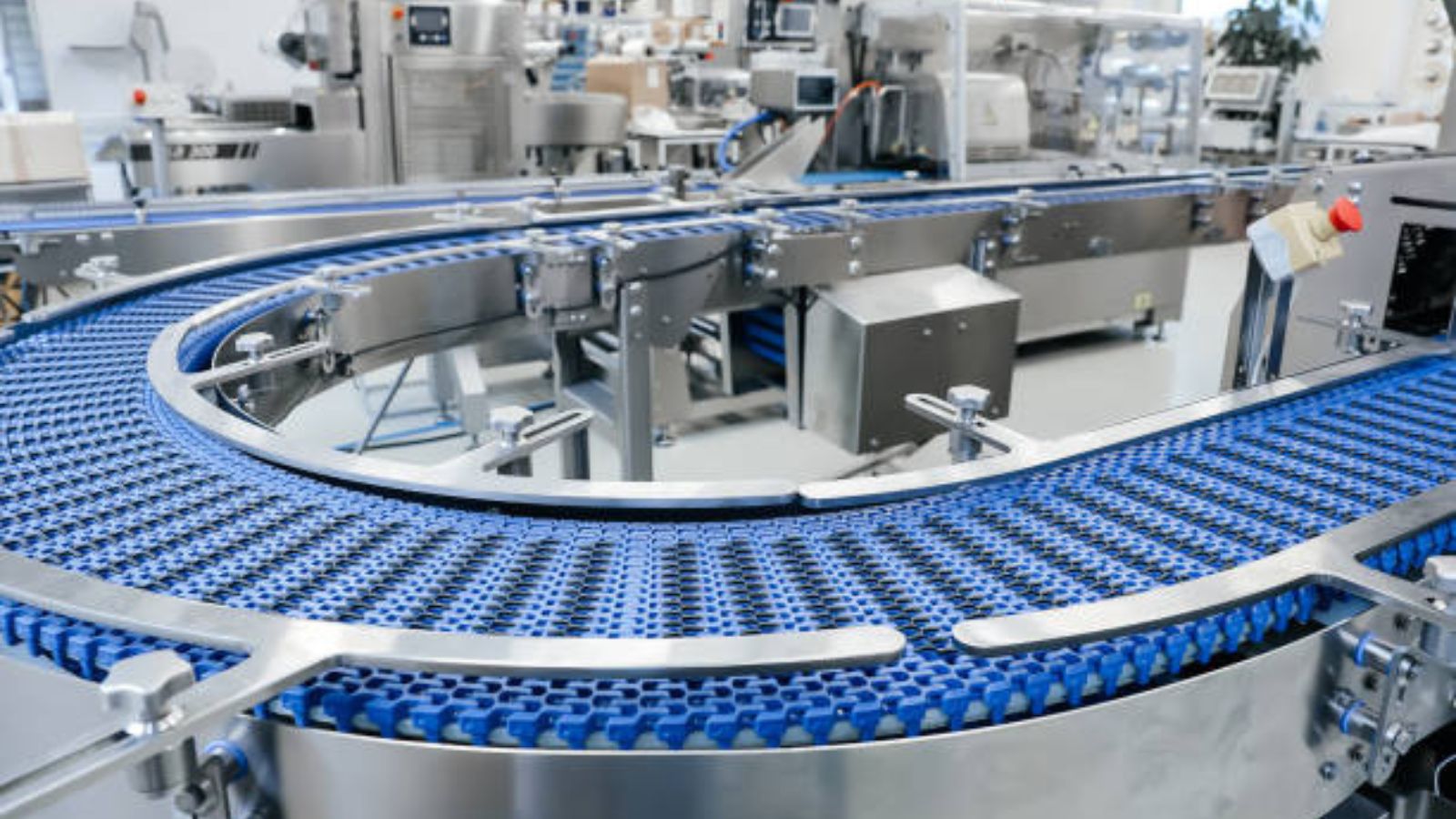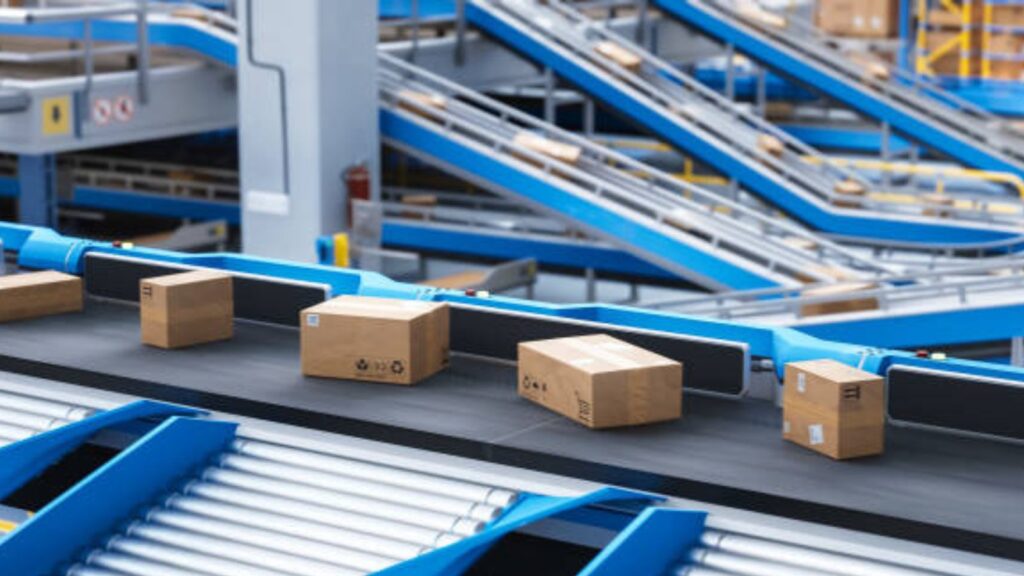Conveyor systems help move products in factories, warehouses, and other workplaces. They speed up work, cut heavy lifting, and raise productivity. To operate for a long period, however, conveyors require maintenance much as any machine. They can break down without proper maintenance, resulting in delays and expensive repairs. How, therefore, can you keep your conveyor in good running order for a long time?
The system must be routinely inspected and cleaned to prevent dust and trash accumulation. Lubricating moving components further helps lower friction and wear. Correct employee use of instructions also helps avoid errors that can cause damage. These easy actions help your conveyor system last longer.
Let’s examine these strategies for maintaining years of flawless conveyor operation. Follow along!
1. Perform Regular Inspections
Frequent inspections let you identify issues before they become major. Minor problems, such as worn-out components or loose belts, might cause major breakdowns if left unchecked.
First, design an inspection schedule. Daily inspections might find obvious problems, such as odd noises or misaligned belts. More thorough monthly inspections covering rollers, pulleys, and motor operations would ensure that any worn-out components are replaced before they break.
Listen for unusual sounds like grinding or squeaking. These sounds can indicate problems. Watch also for overheating, which could point to issues with bearings or motors. Recording inspections enables one to monitor the system’s condition in the long run.
Regular maintenance of your conveyor will help you avoid expensive problems. This little practice will prolong the system’s lifetime and maintain its effective functioning condition.

2. Keep Your Conveyor Clean
Over time, trash, dirt, and dust build up on a conveyor. Improper cleaning could lead to wear and tear. A dirty conveyor may also slow down or stop working. Keeping it clean is an easy way to extend its life.
Start by cleaning the belt and rollers daily of small particles and dust. Debris can be pulled out using a gentle brush or air blower. For sticky materials, use a moist towel, but try to avoid using too much water since moisture causes rust. Frequent motor and moving part cleanings help avoid overheating.
See that daily operations are not hampered by cleaning. Create a cleaning calendar that fits your company. You can also teach employees correct cleaning techniques. Everyone helps to maintain the conveyor clean, which increases its lifetime and performance.
A clean conveyor is a healthy conveyor. Regular maintenance helps guarantee seamless operations and prevent breakdowns.
3. Lubricate Moving Parts
Parts of a conveyor may rapidly wear out under friction. Lubrication lessens friction and promotes the seamless operation of moving components. Without it, the conveyor can break down, overheat, or become noisy.
Choose the correct lubricant for your conveyor system. While rollers and chains may demand oil-based choices, some belts may call for dry lubricants. To decide which is best, consult the manufacturer’s guide. Lubricate bearings, chains, and rollers as necessary. Steer clear of over lubricating since extra oil might draw dirt and dust.
Create a timetable for lubrication. While certain areas only need lubrication once a month, others might need it weekly. Maintaining control of this timetable guarantees the proper operation of every component.
Lubrication lowers energy use and helps to avoid damage. A well-lubricated conveyor runs without problems, saving you energy and repair expenses.

4. Train Employees On Proper Usage
Many conveyor issues originate from incorrect use. Workers who lack system handling skills could damage the system. Maintaining the conveyor in excellent shape mostly depends on teaching them proper use.
First, let employees learn correct material loading and unloading techniques. Overloading the conveyor could strain the motor and break the belt. Workers should also remember to turn the system on and off safely. Mishandling controls could cause problems.
Tell employees to report problems right away. An odd movement or noise can indicate a problem. If staff members know what to look for, minor issues can be corrected before they become significant breakdowns.
Frequent training courses help everyne stay current. Workers who know how to use the conveyor properly help preserve its long-term performance.
5. Replace Worn-Out Parts Immediately
Every conveying component has a lifetime. Belts, bearings, and rollers break with time. If you don’t replace them on schedule, more difficulties could result. The entire system can be stopped with one broken component.
During routine checks, look for worn-out components. Replace a damaged roller or a belt that seems frayed immediately. Don’t wait until the conveyor breaks down completely. Stocking replacement components will enable you to address issues rapidly.
Another key is using excellent replacement components. Either cheap or improper parts may not last long and compromise the system—purchase replacements always according to manufacturer guidelines.
On-time replacement of worn-out components helps avoid expensive breakdowns and guarantees that your conveyor runs for years without problems.

Conclusion
A conveyor system that is appropriately kept will last a long time. Regular inspections, cleaning, and lubrication—simple actions—can help avoid breakdowns. Maintaining system operation also depends on staff training and replacing worn-out components.
Maintaining your conveyor helps you to avoid downtime and cut maintenance expenses. A maintained system increases output and efficiency. Following these maintenance guidelines will help guarantee that your conveyor remains in great shape. Acting now will save you money and time down the road.


